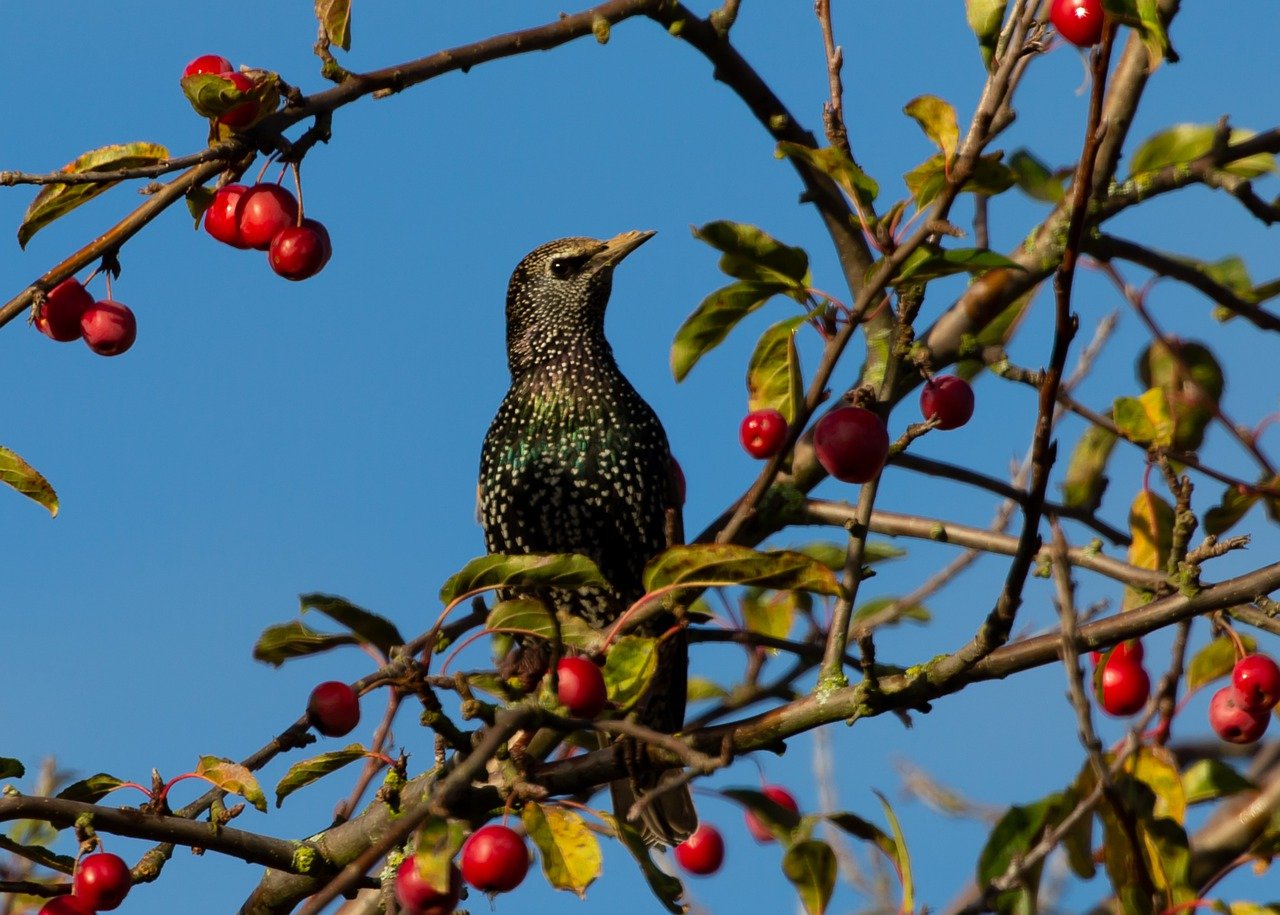Flock size and length of the arrival period of Starlings Sturnus vulgaris at a roost
DOI:
https://doi.org/10.34080/os.v9.22896Keywords:
intraspecific interaction, behaviour, communal roostingAbstract
We studied a small communal roost of starlings situated in an urban area. On 14 evenings between 16 June 1993 and 7 July 1994 we recorded 824 flocks with 11,388 individuals. The roost had most starlings per night (more than 3,000) just after the breeding season. In spring, arriving flocks were mostly small (mean 8 birds) while they were larger (18 birds) in autumn. Most flocks arrived close to the mean arrival time. On 12 of the 14 days mean arrival time fell before sunset. The duration of the arrival period was positively related to day length. In early spring 1994, no starlings at all arrived at the roost. During the first observations in June, we also noticed that the starlings were unwilling to land in the reedbeds. We guess that juvenile starlings arriving at the roost for the first time learnt the behaviour. We also guess that adult starlings in early spring have the same behaviour.
Downloads

Downloads
Published
How to Cite
Issue
Section
License
The copyright of each contribution belongs to the author(s), but all contributions are published under a Creative Commons license, so that anyone is free to share and reuse the contribution as long as the copyright holder is attributed.







